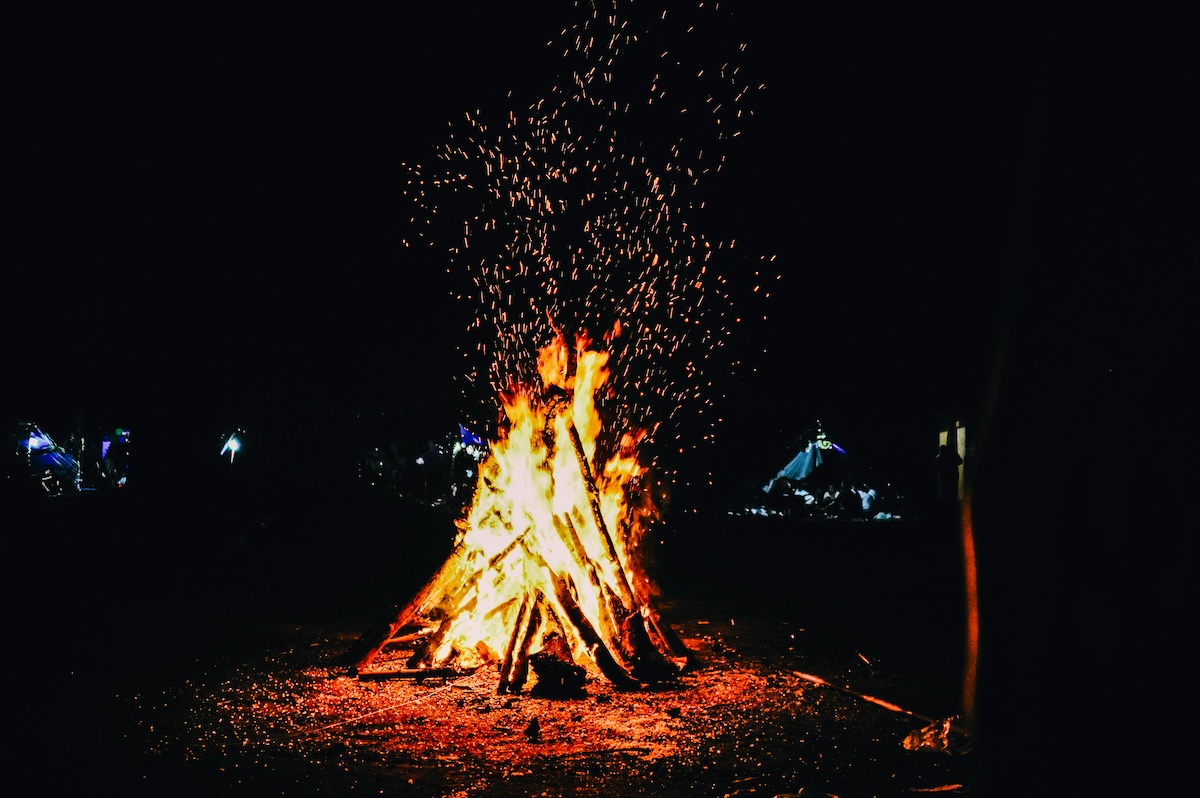
8 Cozy Winter Solstice Celebrations Around the World
By: Heather Keys
Skip to Section
Winter solstice celebrations honoring the darkest day of the year have inspired reflection and hope for brighter days across cultures for millennia. If you’re curious about how the year’s shortest day (and the beginning of winter) has been commemorated for thousands of years, all the way to today, read on!
Yule: Northern Europe

Photo by Min An on Pexels
Where: Scandinavia, Germanic regions, and modern pagan communities
What is it? Yule, rooted in ancient Norse and Germanic traditions, marks the rebirth of the sun and the gradual return of light after the longest night of the year. Ancient celebrations included feasting, bonfires, and burning a Yule log to symbolize warmth and light returning to the world.
It honors the natural cycles of the seasons and the power of light overcoming darkness. Today, it’s embraced by neopagan and Wiccan communities as part of the Wheel of the Year.
Dongzhi Festival: China and East Asia
Where: China, Taiwan, Japan, Korea, and Vietnam
What is it? Dongzhi, meaning “Winter’s Arrival,” is rooted in the yin and yang philosophy. The day represents the balance of darkness (yin) giving way to light (yang). Families gather to eat warming foods like tangyuan (glutinous rice balls) in China or patjuk (red bean porridge) in Korea.
Dongzhi is all about family, harmony, and reuniting to share warmth, comfort, and nourishment. It’s like a quieter version of Lunar New Year but still filled with love and connection.
Saturnalia: Ancient Rome
Where: Ancient Roman Empire
What is it? Saturnalia was a week-long festival honoring Saturn, the god of time, agriculture, and plenty. Social norms were flipped, gifts were exchanged, and the atmosphere was one of feasting, games, and wild revelry.
Saturnalia celebrated abundance and equality—everyone came together in the spirit of joy. Its traditions later influenced modern winter holidays, including Christmas.
Soyal: Zuni and Hopi Tribes (Arizona, USA)
Where: Southwestern United States
What is it? The Hopi and Zuni people celebrate Soyal as a time to call the sun back from its long journey and prepare for a new year. Rituals include prayers, storytelling, and sacred dances. Kachina dolls, representing spirits, are gifted to children to teach cultural values.
Soyal is deeply spiritual, marking the renewal of life, community harmony, and connection to the natural world. It’s a reminder of respect for the earth’s cycles.
Shab-e Yalda: Middle East and Central Asia
Where: Iran, Afghanistan, Azerbaijan, Uzbekistan, Tajikistan, Turkmenistan
What is it? Shab-e Yalda or Yalda Night celebrates the longest night of the year as a victory of light over darkness. Families gather to read poetry (often Hafez), eat red foods like pomegranates and watermelons—which are symbols of warmth and life—and stay up late to welcome the dawn.
It’s a celebration of hope, resilience, and light—a theme as old as time but still deeply meaningful today.
Toji: Japan
Where: Japan
What is it? Toji is Japan’s winter solstice celebration, focused on health and renewal. People take citrus-infused yuzu baths, believed to ward off illness, and eat foods like kabocha squash to build strength for the cold months ahead. Temples often host events to honor the day.
Toji is about purifying the body, welcoming health, and finding warmth during the darkest time of year. It’s simple but deeply rooted in seasonal mindfulness.
Alban Arthan: Celtic Druid Traditions

Photo by Dyana Wing So on Unsplash
Where: Ancient Celtic regions; celebrated today in modern Druid and pagan traditions
What is it? Alban Arthan means “Light of Winter” and honors the rebirth of the sun. It’s believed that Druids held sacred ceremonies at sites like Stonehenge, where the winter solstice sunrise aligns perfectly with the ancient stones. Fires were lit to symbolize the sun’s return.
It connects people to the rhythms of the earth and the hope that light will return to nourish life once more.
Karachun: Slavic Cultures
Where: Ancient Slavic regions (modern-day Russia, Ukraine, and Poland)
What is it? Karachun was a time to honor the sun god, Dazhbog, as the sun’s power weakened. Fires were lit to guide the light’s return, and people paid respects to their ancestors, believing the long night blurred the line between the living and spirit worlds.
Karachun reminds us of the balance between life and death, darkness and light, and the importance of remembering those who came before us.
Across the world, winter solstice celebrations carry a shared theme: hope and renewal. They remind us that darkness is temporary, light always returns, and community is everything. Whether you’re feasting on tangyuan, reciting poetry, or lighting fires to guide the sun home, it’s a time to pause, reflect, and celebrate the beauty of a turning season.
Which celebration speaks to you? Or better yet—how do you bring light into your winter? Share your thoughts with the Frayed Passport community!
About the Author
Originally from Indiana, Heather believes every destination has a story worth telling and a reason to visit. With a deep love of adventure, history, and psychology, she shares travel trivia, tips, and inspiration to encourage you to explore the world with curiosity and optimism. Read her other articles on Frayed Passport here.Featured image by Aaron Burden on Unsplash
Information published on this website and across our networks can change over time. Stories and recommendations reflect the subjective opinions of our writers. You should consult multiple sources to ensure you have the most current, safe, and correct details for your own research and plans.
Frayed Passport is a participant in the Amazon Associates Program, an affiliate advertising program designed to provide a means for sites to earn advertising fees by advertising and linking to Amazon.com. We also may share links to other affiliates and sponsors in articles across our website.




